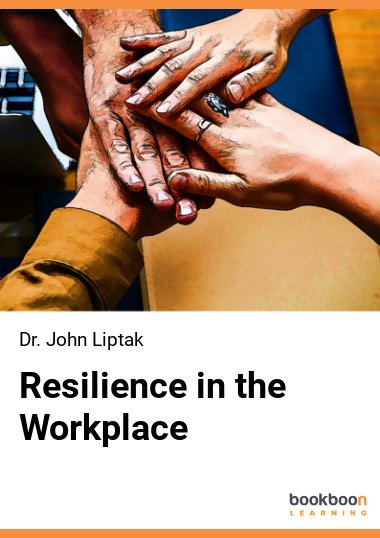The current workplace is filled with stress from a variety of sources. Only resilient employees are able to survive and thrive in today’s competitive workplace. Because resilience skills can reduce stress, help to manage change, maintain a positive attitude, reduce the risk of burnout, and prevent major crises from occurring, it is the most critical skill for employees to develop. Although some people are born with characteristics related to being naturally resilient, all people can learn how to develop resiliency. Managing workplace stress has less to do with one’s personality and more to do with learning and developing effective resiliency skills. This book will help you develop resilience.
About the author
John J. Liptak is an internationally-recognized author with thirty years of work experience providing counseling. He has authored over 100 workbooks with Ester Leutenberg, 31 career assessment instruments and ten books. John earned an Ed.D. in Counselor Education from Virginia Tech. He lives in Radford, Virginia in the United States and works as the Associate Director of the Center for Career & Talent Development at Radford University in Virginia.


